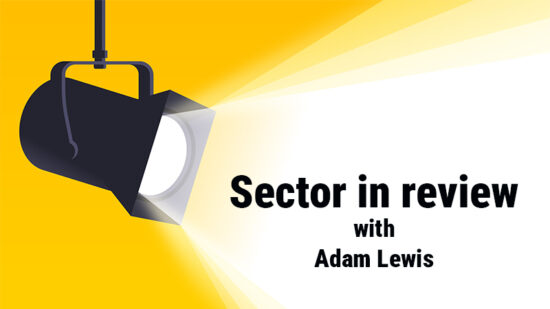During the past few years, tax and financial transparency has been high on the political agenda for a number of jurisdictions.
Last year saw the introduction of the US Foreign Account Tax Compliance Act (FATCA) and the UK’s Crown Dependencies and Overseas Territories legislation, or UK FATCA, which require financial institutions to report accounts owned or controlled by US and UK-specified persons, respectively, but reporting requirements being imposed on financial institutions is nothing new.
The European Savings Tax Directive has been around for more than 10 years, and though some countries initially elected to withhold tax rather than have full disclosure, the latter has been the norm for years.
A key difference between the EU Savings Tax Directive and the FATCA agreements that followed is that not all types of financial products or structures were reportable under the EU agreement, for instance, life assurance products and trusts.
The EU does not subscribe to the ‘if it ain’t broke don’t fix it’ club, and soon began work on the revised version of the EU Savings Tax Directive, where most products would be covered irrespective of whether they were capable of facilitating tax advantages or not.
In addition to the revised EU Savings Tax Directive, there have been several initiatives to improve transparency, such as the Mutual Assistance Directive and the Directive on Administrative Co-operation, designed to facilitate an exchange of information between EU members.
A fair exchange?
With all these measures already in place, was there a need for anything else? The OECD thought so and, at a time before the conflict in the Ukraine and Ebola outbreak, it managed to get tax transparency the top billing at the G-20 summit in 2013.








